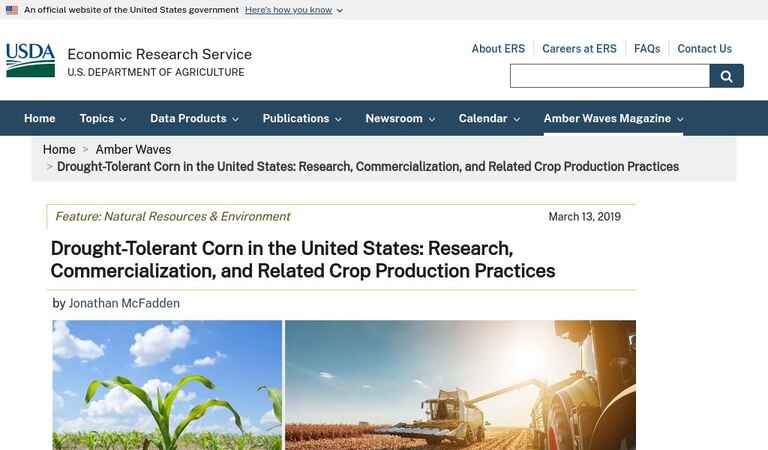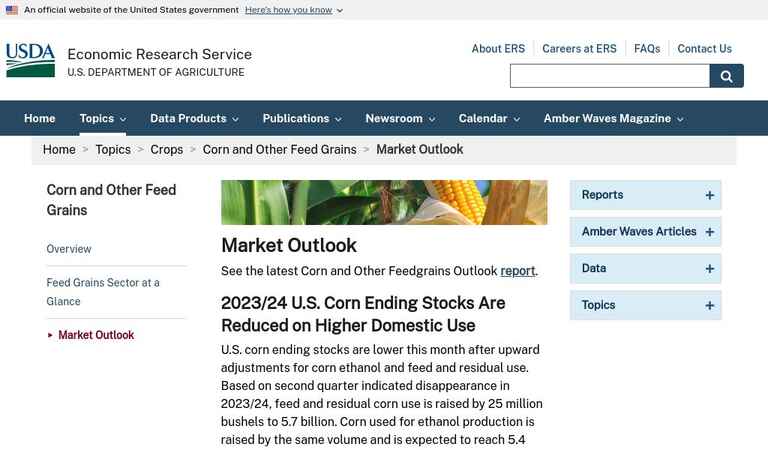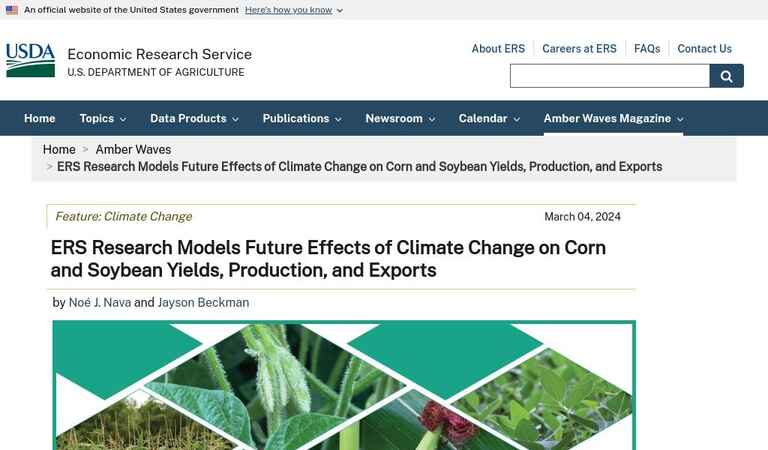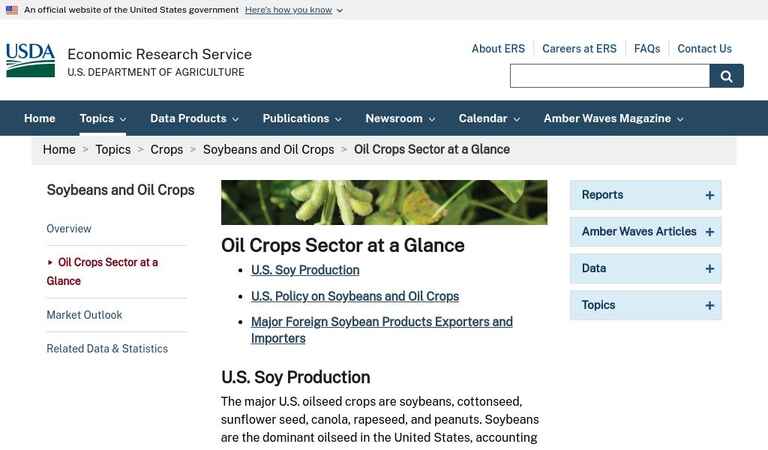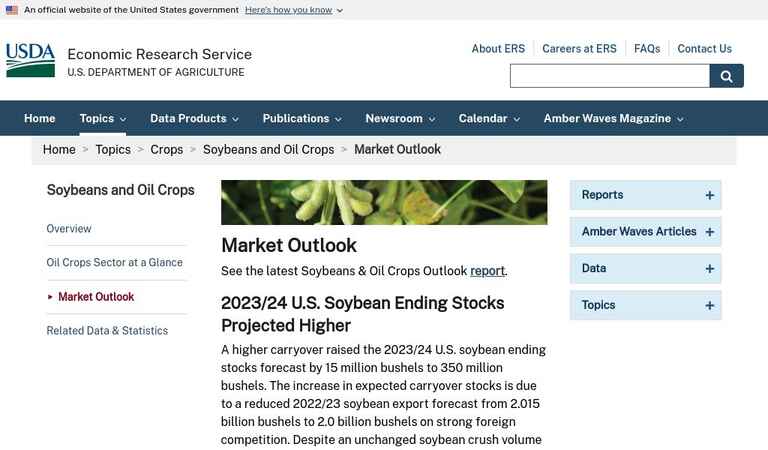 John LaRose Jr.
John LaRose Jr.
Topics: Corn/Maize, Water, USDA,
USDA ERS - Drought-Tolerant Corn in the United States: Research, Commercialization, and Related Crop Production Practices
Droughts are among the most frequent causes of crop yield losses, failures, and subsequent crop revenue losses across the world. In corn, a major U.S. row crop with significant water needs, water stress can lead to fewer and smaller kernels, and ultimately lower yields. Genetically engineered (GE) and non-genetically engineered (non-GE) drought tolerance became broadly available in corn varieties between 2011 and 2013. By 2016, 22 percent of total U.S. corn acreage was planted with drought-tolerant (DT) varieties. DT corn is concentrated in drought-prone regions of the United States and tends to be combined with other GE traits and used along with conservation tillage and irrigation.
-
(0)
-
Bookmark
- Comments (0)
06/04/2024 SOURCE: www.ers.usda.gov
In 2022, the Agricultural Resource Management Survey (ARMS) included a targeted sample of farms and ranches operated by socially disadvantaged producers. USDA, Economic Research Service researchers used this data to compare groups of farms based on the racial and ethnic characteristics of the farm operators.
USDA ERS - Understanding Farm Diversity: Insights From the Agricultural Resource Management Survey
-
(0)
-
Bookmark
- Comments. (0)
04/22/2024 SOURCE: www.ers.usda.gov
Each year, USDA updates its 10-year projections of supply and utilization for major field crops grown in the United States, including feed grains (corn, sorghum, barley, and oats.
USDA ERS - Market Outlook
-
(0)
-
Bookmark
- Comments. (0)
04/14/2024 SOURCE: www.ers.usda.gov
A recent study by USDA’s Economic Research Service modeled how climate change might affect future corn and soybean yields through the middle of the next decade. U.S. corn yields were estimated to increase, but soybean yields were projected to decrease.
USDA ERS - ERS Research Models Future Effects of Climate Change on Corn and Soybean Yields, Production, and Exports
-
(0)
-
Bookmark
- Comments. (0)
07/05/2023 SOURCE: www.ers.usda.gov
The major U.S. oilseed crops are soybeans, cottonseed, sunflowerseed, canola, rapeseed, and peanuts. Soybeans are the dominant oilseed in the United States, accounting for about 90 percent of U.S. oilseed production. Most U.S. soybeans are planted in May and early June and harvested in late September and October.
USDA ERS - Oil Crops Sector at a Glance
-
(0)
-
Bookmark
- Comments. (0)
06/26/2023 SOURCE: www.ers.usda.gov
ERS conducts a variety of market outlook activities related to the oilseed complex.
USDA ERS - Market Outlook
-
(0)
-
Bookmark
- Comments. (0)
08/03/2020 SOURCE: www.ers.usda.gov
-
(0)
-
Bookmark
- Comments. (0)
12/16/2019 SOURCE: www.ers.usda.gov
-
(0)
-
Bookmark
- Comments. (0)


